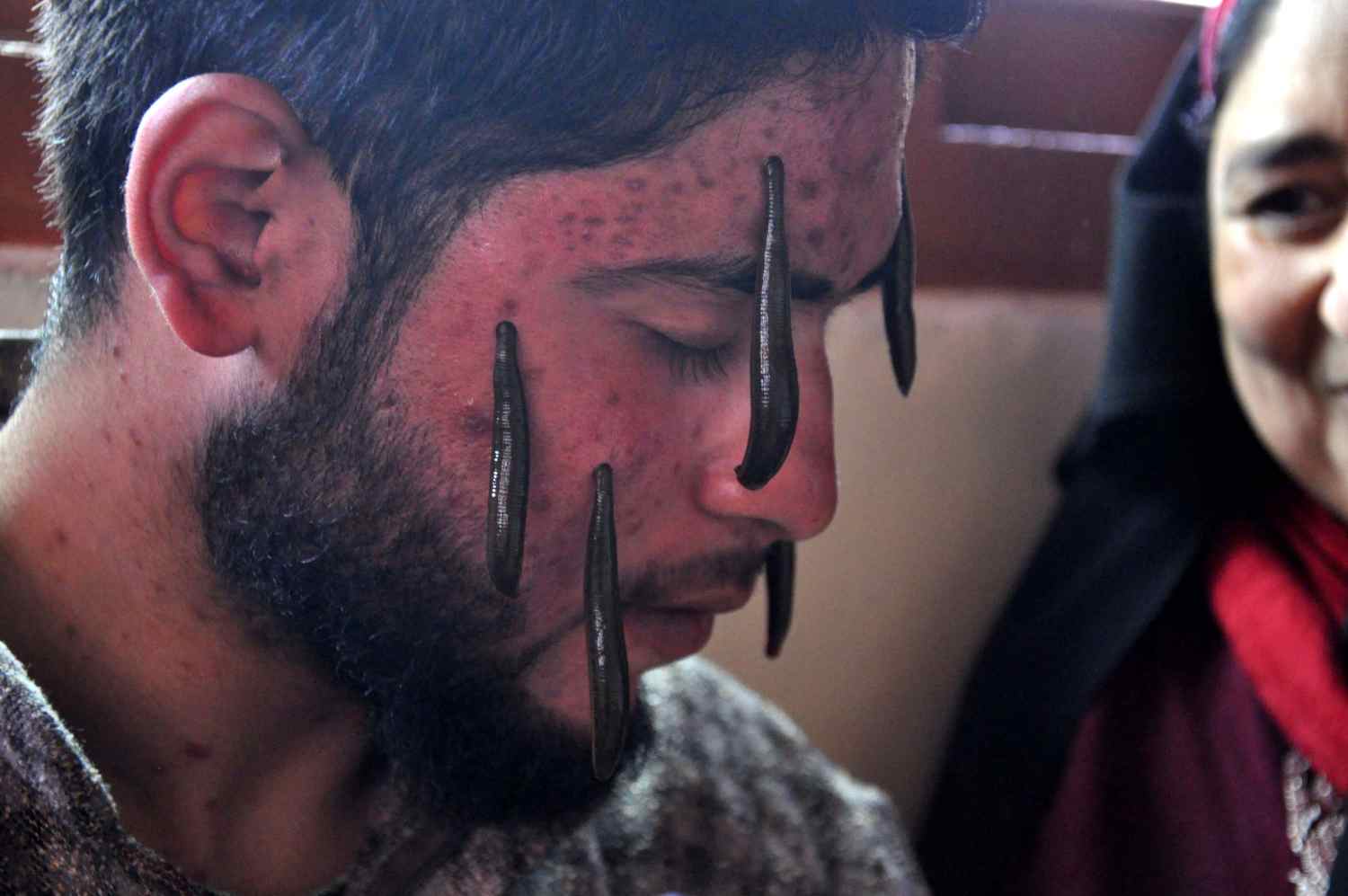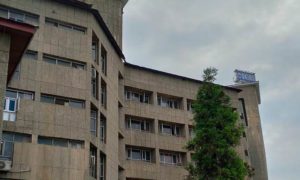From the interiors of the fabled Hazratbal bazaar to small town marketplaces, the roadside leech therapists cater to huge rush of patients on the eve of Nawroz in the valley. The therapy promises quick healing besides signifying Kashmir’s traditional treatment process.
Besides planting trees on the eve of 21 March every year, some people in Kashmir pay early morning visits to the makeshift clinics of Hakeems, barbers and some Unani practitioners for the traditional treatment—leech therapy—of some of their chronic/seasonal diseases.
The day is celebrated as Nawroz-e-Aalam, which marks the beginning of Persian calendar. People wait for this date to undergo this therapy as the severe cold in Kashmir leaves their bodies with scars of Shuh—chilblain—that causes severe pain and itching.
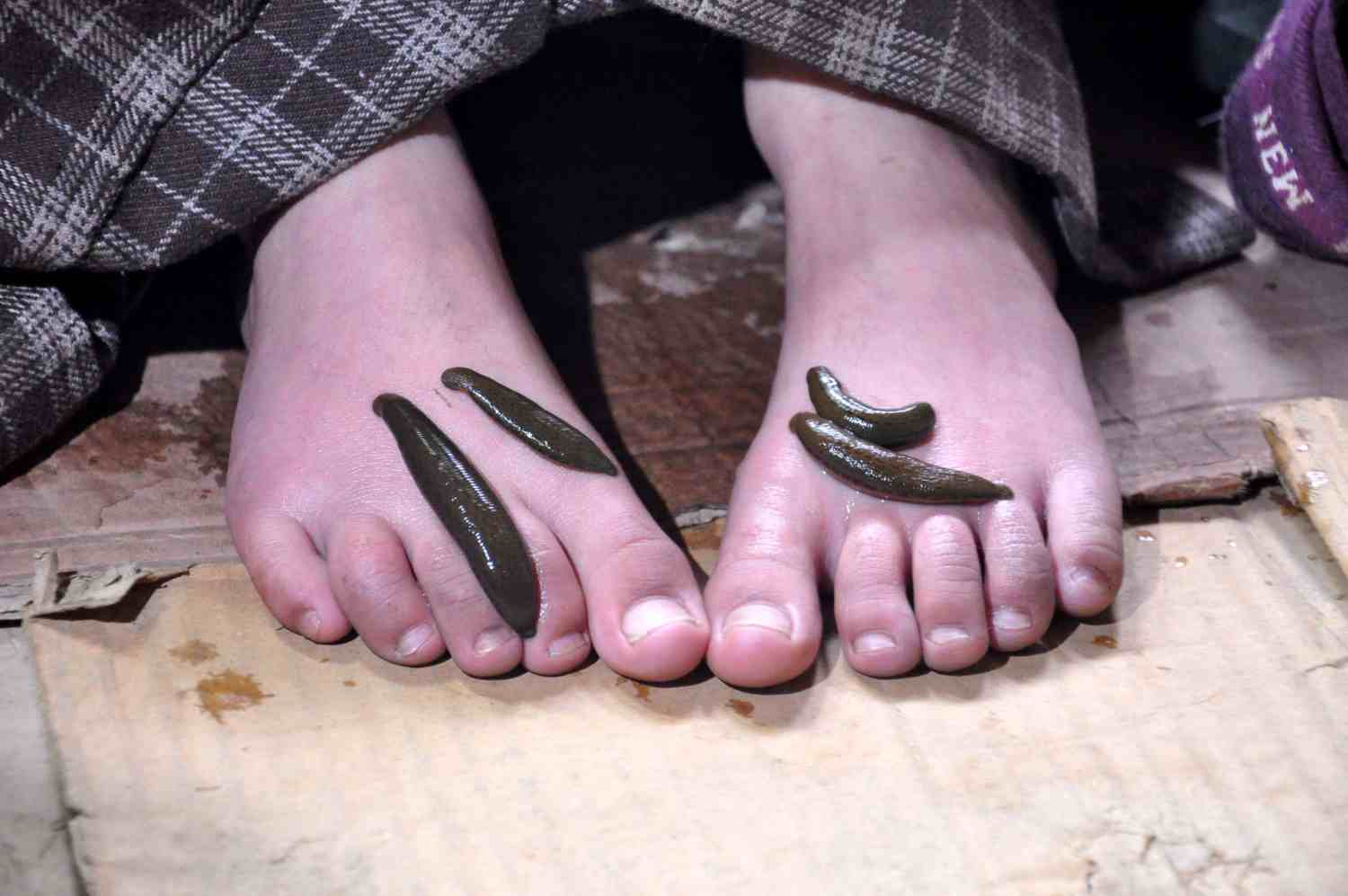
The ancient practice of applying leeches over body has a long history. The usage of leeches dates back to 200 BC and was a common way of treatment till science explored other possibilities. It continues to be one of the alternative ways of treating several diseases till date.
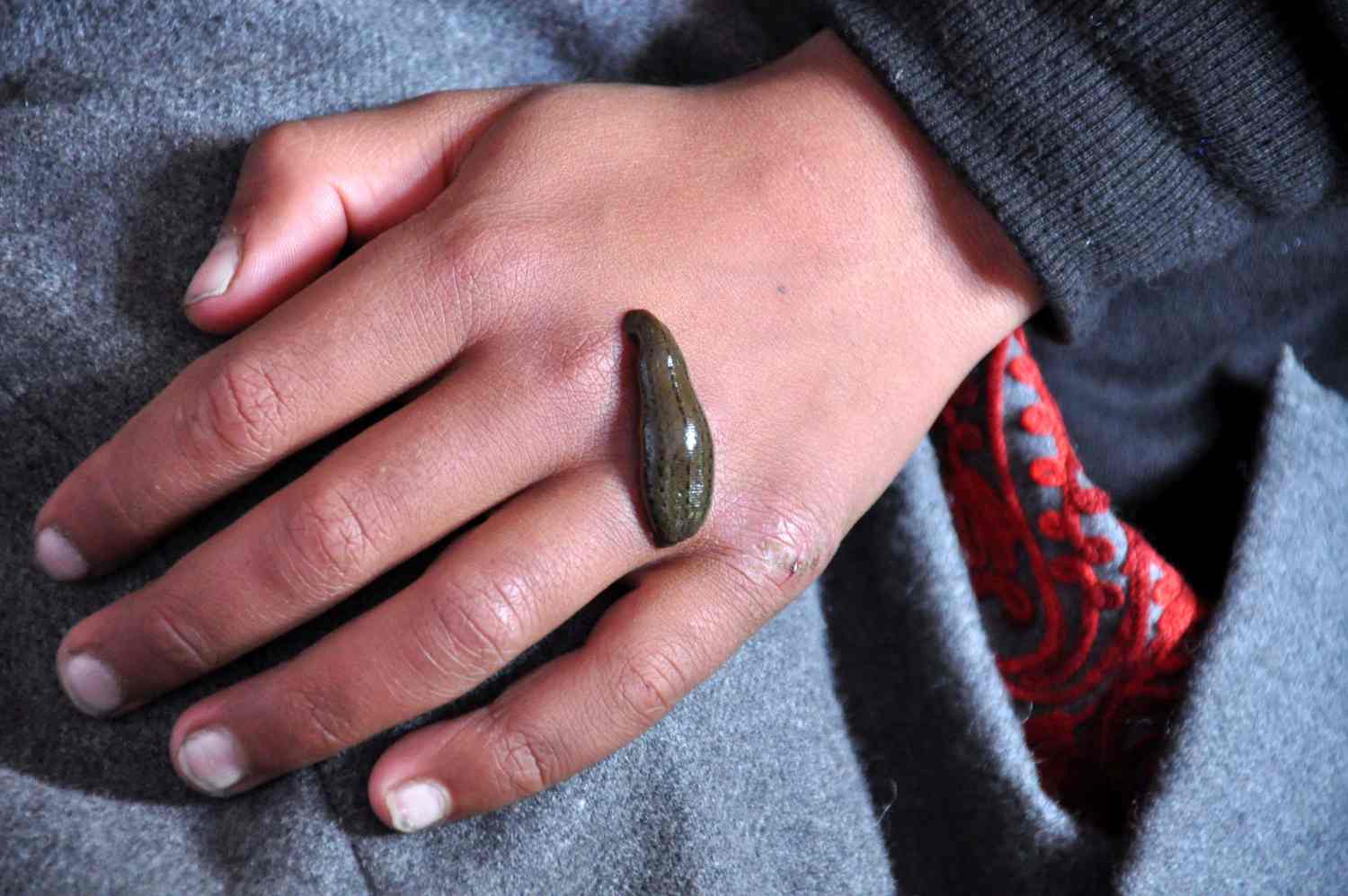
Ancient Arabs, Egyptians and Greeks used this therapy to heal several diseases like skin infections, dental problems, chronic headaches and much more. Leeches have also been used for the treatment of several inflammatory diseases such as allergies.
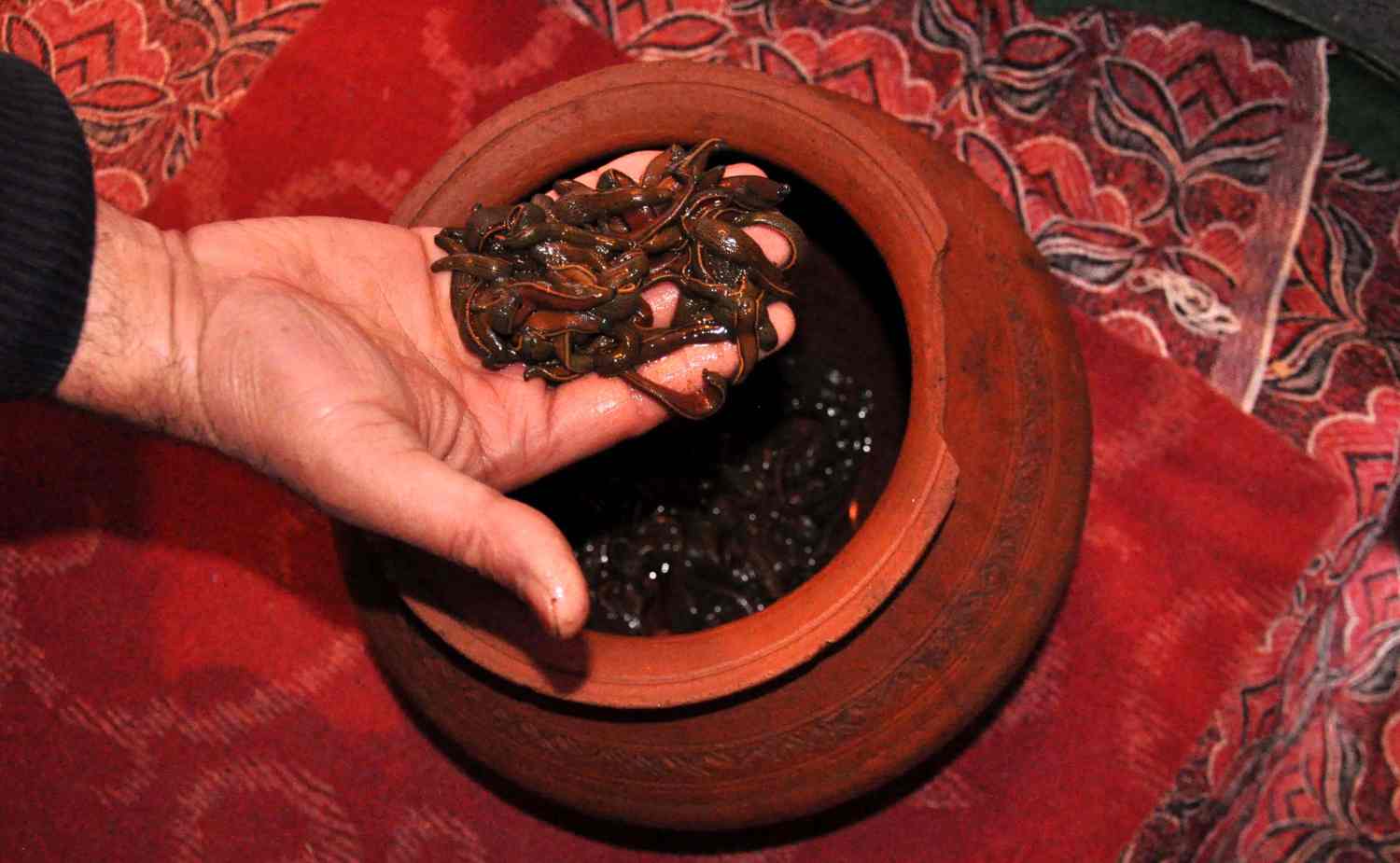
In the year 2004, the federal drug administration in the US allowed the use of leeches in modern medicine. They approved using leeches as a tool for healing skin grafts or restoring blood circulation. The leeches in west are commonly used in plastic and reconstructive surgery. But in Kashmir, people mainly follow this ancient treatment to heal chronic headaches, pimples, chilblain, and nervous system problems.
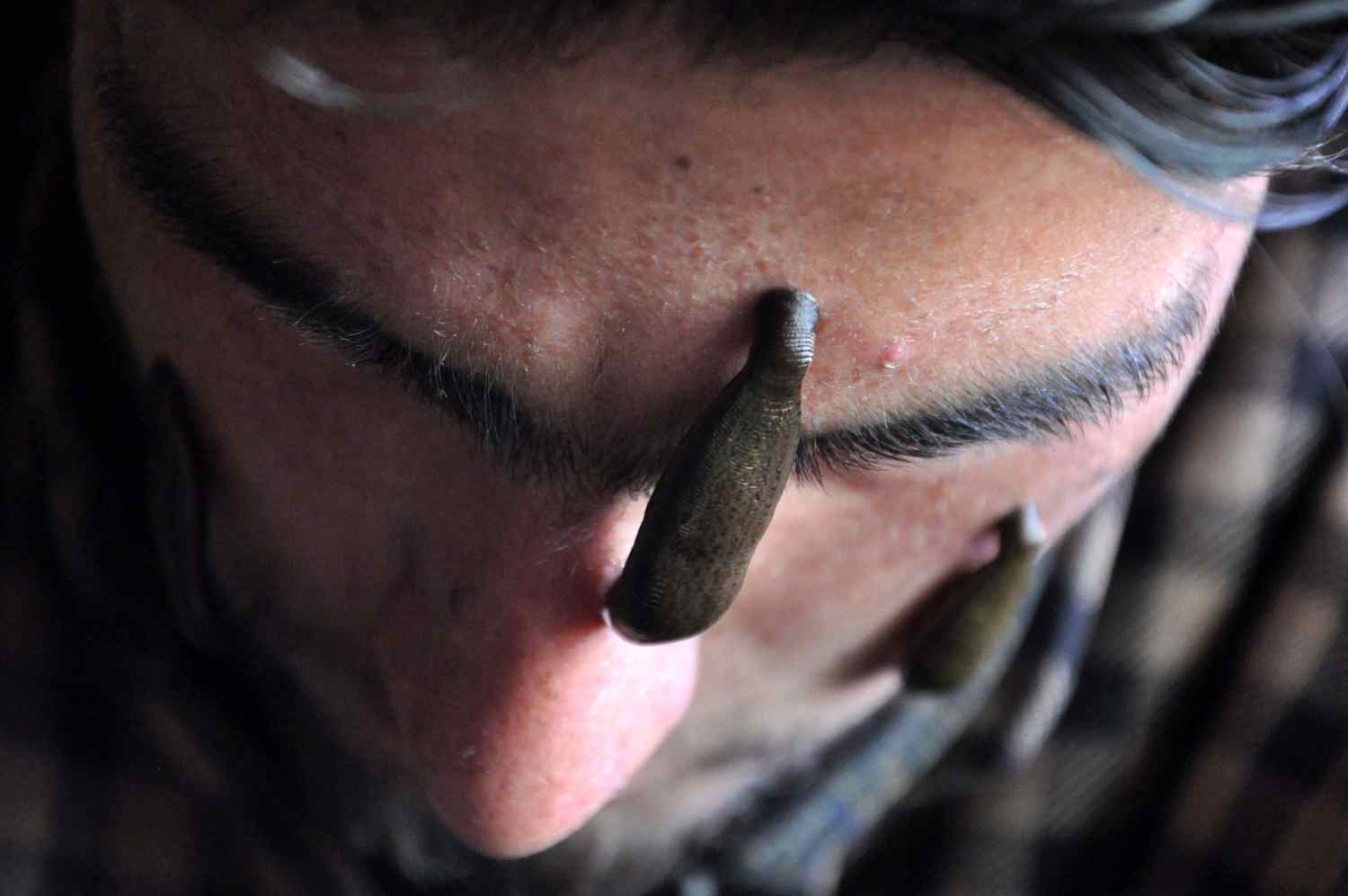
The therapy begins when three to four leeches are put on the body of a patient for an hour or half for bloodletting. The leeches suck the infected and impure blood and heal the diseases. There’s a belief among locals that leeches would be more effective on the eve of Nawroz-e-Alam and that is the reason why people throng to the makeshift clinics on 21st of March and get healed by a leech therapy.

“The output of using this ancient practice is encouraging. Every year we treat thousands of people who come to our hospital for leech therapy,” says Dr Majid, who is incharge of Unani and Panchkarma hospital. “We treat the patients as per the normal procedure of using and throwing the leeches after the use. We’re aware of the fact that using a single leech over several bodies would cause transmission of viruses.”

Leeches pierce skin and insert anticoagulants. They’re then allowed to suck the impure blood from the patient’s body for 20-40 minutes. “I come to this makeshift clinic every year for treatment of skin infections,” said Nawaz Ahmed, a youngster with a pimpled face. “My father would tell me in my childhood that leeches improve the blood flow and keep body healthy. And my experience with the therapy only vindicates my father’s claim.”
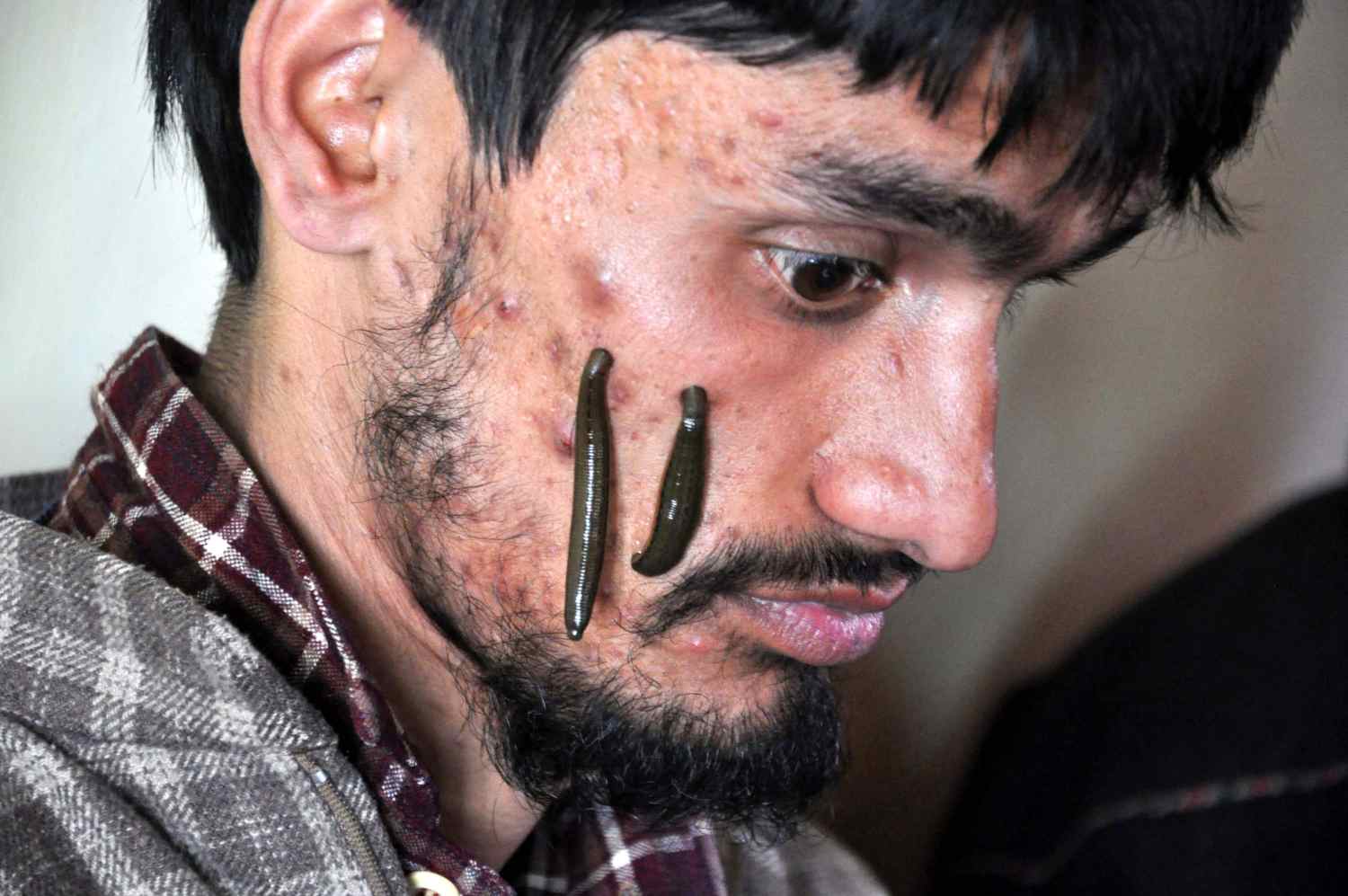
Another person who takes his grandchildren for leech therapy every year said, “The frost of Chillai Kalan, the season of harsh winter that lasts for 40 days, injuries the skin of our children with Shuh. To heal these problems I prefer leech therapy for my grandchildren.”
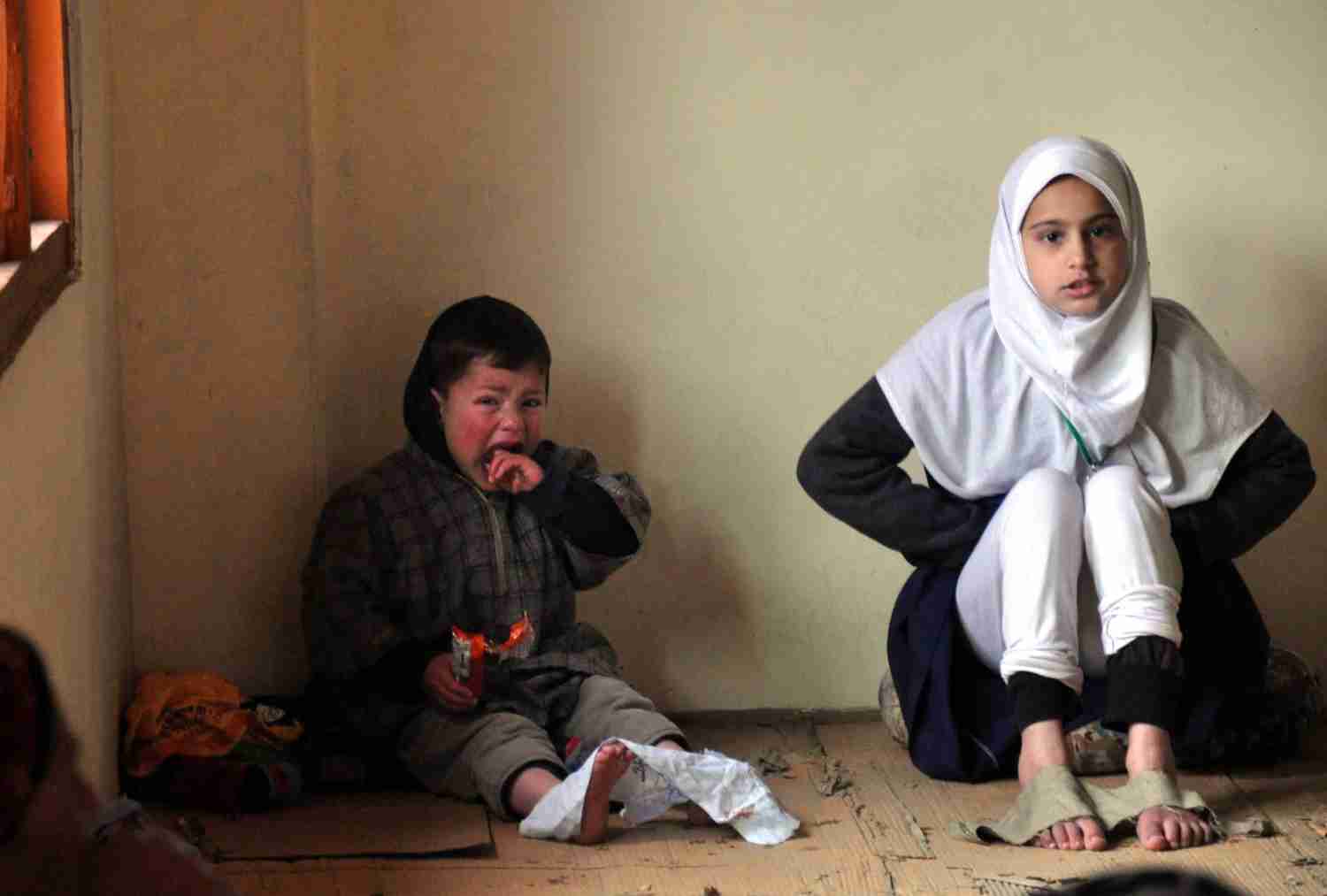
Ghulam Rasool, who has been undertaking this therapy from last forty years, said: “My father used to take me to a nearby Hakeem, a local traditional healer, who used to put leeches on my body. The leeches suck the impure blood, which is the main cause of several diseases. I’ve never felt any pain, headache since the day I started taking this therapy.”
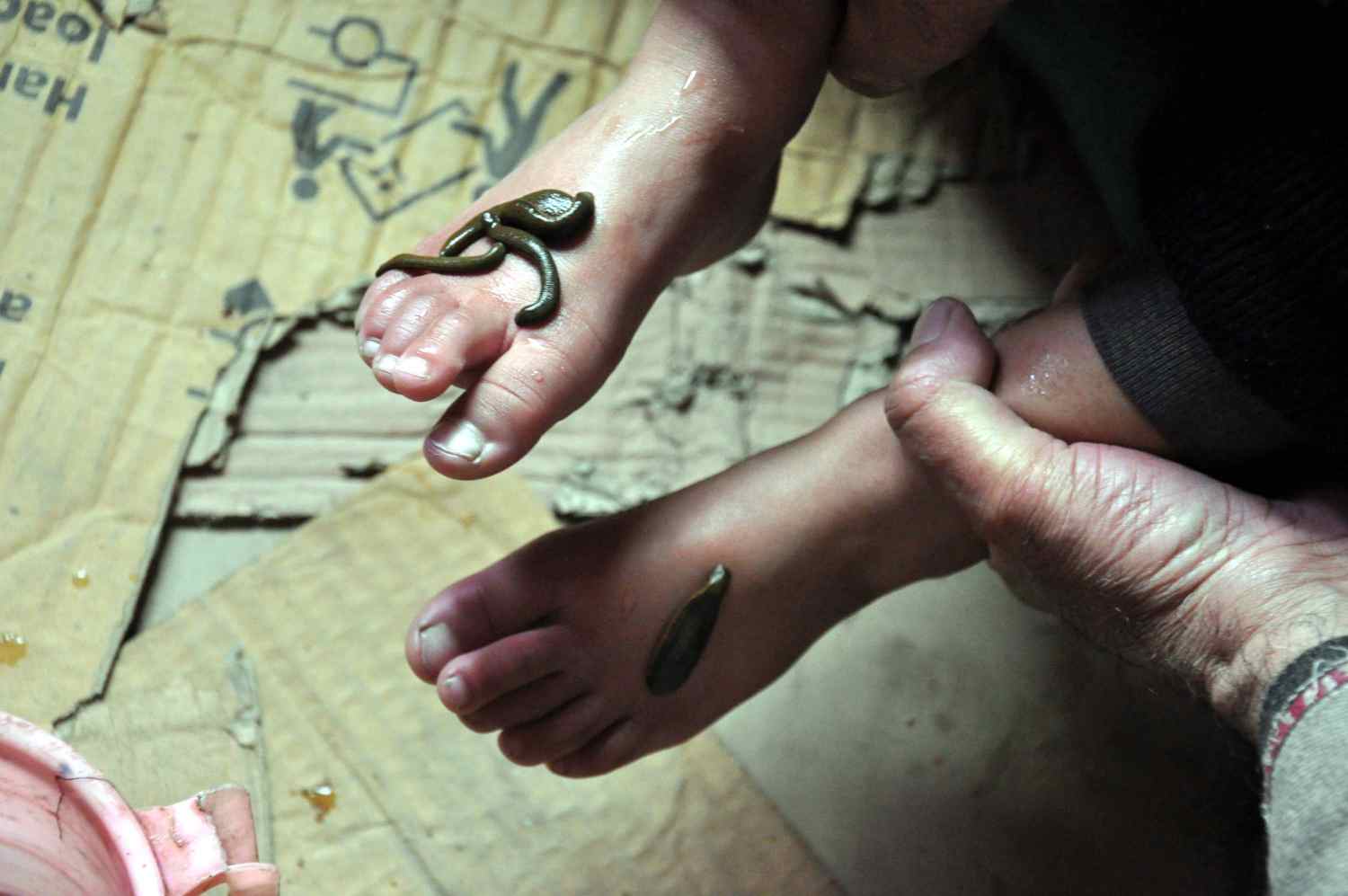
In his early sixties, Mushtaq Ahmad Hakeem is one of the preferred leech therapists in Kashmir. “Actually my great grandfather was a Hakeem,” he said. “As a child, I began following my family line.” On the eve of Nawroz-e-Aalam, Hakeem says, he treats hundreds of patients.

“We get leeches from outside the state. The locals pay us Rs 50 per healing,” he continued. “But it’s not about cost, but to saviour a part of our healing legacy at a time when English medicines are only breeding new sicknesses and market. I would like to use this therapy in the nearby future, too.”
Like this story? Producing quality journalism costs. Make a Donation & help keep our work going.


